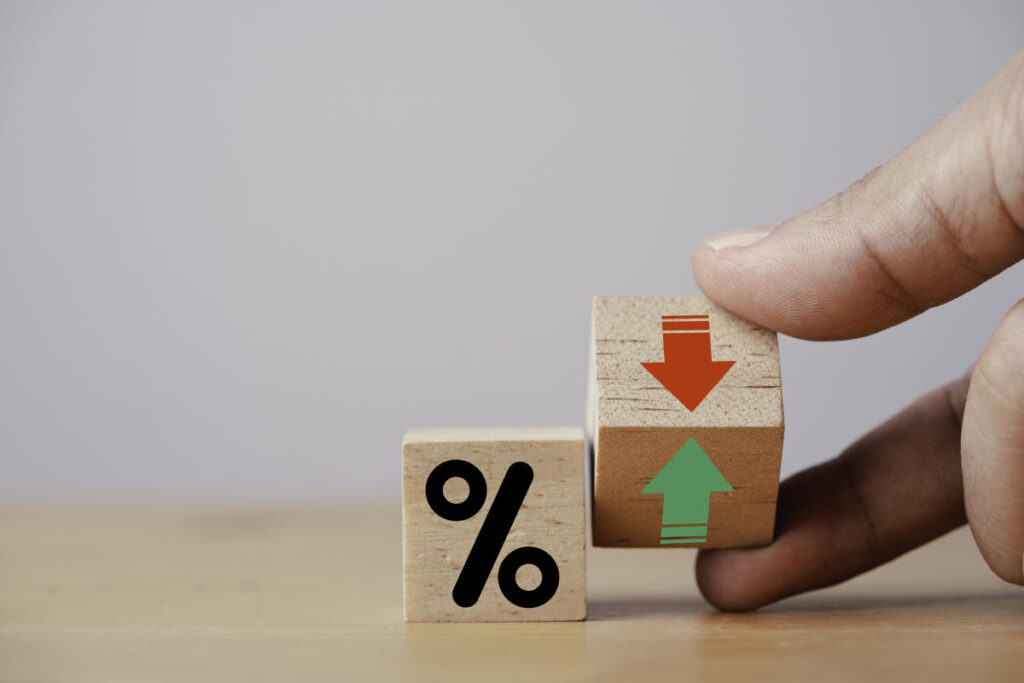High-yield savings accounts (HYSAs) have steadily gained attention as favorable options for saving money, especially with interest rates that, while now declining, still offer competitive annual percentage yields (APY). Previously, many savers enjoyed rates above 5% APY, but due to anticipated cuts from the Federal Reserve, those times seem to be behind us. Despite this, HYSAs still provide a better yield compared to traditional savings or checking accounts, which typically offer lower returns. Even though the landscape of HYSAs has shifted, a few accounts still provide rates around 4% or more, making them a strong choice among various banking and investment options for safely storing savings.
HYSAs are particularly suitable for individuals looking to save for the medium to long term, such as an emergency fund or funds for specific expenditures, such as a home purchase or vehicle repairs. While the interest rates have dropped, they remain significantly higher than the rates offered by standard banking accounts. For context, the national average rate on checking accounts was approximately 0.08% and savings accounts around 0.43% in late 2024, reflecting a stark difference when considering the potential returns from HYSAs. Historically, even during lower rate periods in 2018 and 2019, the best HYSAs offered above 2% APY, indicating that HYSAs generally still provide reliable growth compared to other savings options.
While HYSAs are beneficial for many, they are not universally applicable to every saver’s needs. The competitive interest rates come with caveats, such as withdrawal restrictions and the possibility of variable rates that can decrease at the bank’s discretion. Consequently, those looking for a flexible account for day-to-day expenses may find more value in traditional checking accounts or even money market accounts, which tend to offer easier access to funds through checks and debit cards. For individuals focused on long-term investments seeking higher returns, exploring the stock market via retirement accounts would be advisable.
For those individuals seeking alternatives to HYSAs but still desirable rates, there are other deposit account options available. Money market accounts (MMAs), for instance, can provide competitive interest rates akin to HYSAs while offering additional liquidity through checks and debit cards. They often have a more accessible presence at traditional banks. Conversely, certificates of deposit (CDs) offer the advantage of locking in a fixed interest rate for a specific period, although accessing these funds before maturity can incur penalties.
Another aspect worth considering when examining HYSAs is the protection they afford savers. Deposits in HYSAs through federally insured banks (FDIC) or credit unions (NCUA) secure funds against losses should the financial institution fail. This safety makes HYSAs an attractive option for maintaining liquid assets without taking on significant risks, especially for those saving for emergencies. Experts typically recommend maintaining three to six months’ worth of living expenses in such an account to ensure financial security in unforeseen situations.
Overall, while high-yield savings accounts have seen fluctuations in terms of offered interest rates, their features continue to make them a valuable option for many savers. They remain particularly advantageous for earmarking savings for specific short-term goals or maintaining an emergency fund while providing protections and competitive rates in the current economic environment. As individuals navigate various savings options, evaluating personal financial needs and goals will help in determining whether HYSAs or alternatives like MMAs or CDs are the best fit for their financial strategy.

